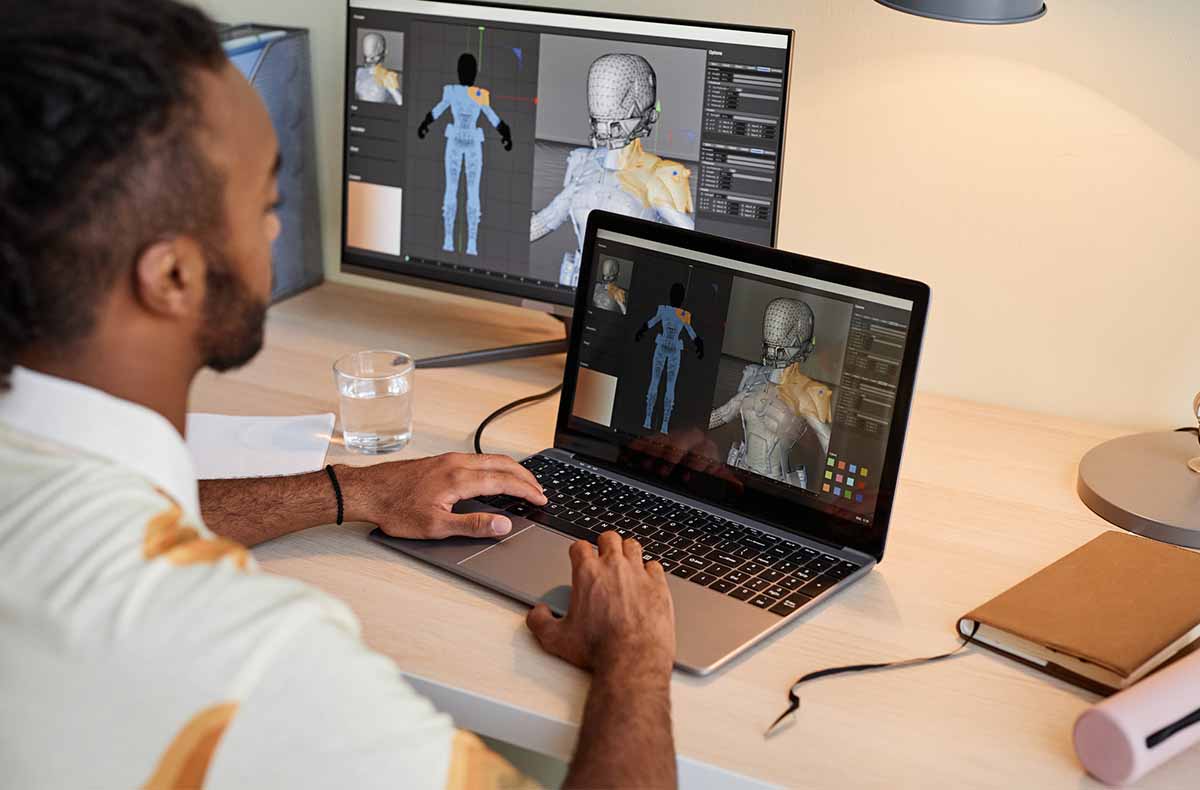
It’s 2:15 on a weekday in June 1995, and we’re 15 minutes late for the start of the big meeting. I’ve been flying from Santa Barbara to Toronto with the Wavefront executive team for hours to meet our new partners, Alias Research. We’re here due to a merger by Silicon Graphics (SGI) made earlier in the year. We quietly enter the back of the large downtown ballroom as the new CEO stands in front, delivering his opening remarks.
On the large screen in front of everyone is an image of two camels in a romantic position, one atop the other. My first thought is, which one of the camels are we? The text on the screen reads: Mergers are Hard. This first glance at how the merger is portrayed is disconcerting—especially as this is the pivotal meeting when our two tribes are coming together to discuss our collective future.
Our merger was a huge deal for the animation software industry. Wavefront Technologies and Alias Research came together when our industry was barely ten years old. The pace of innovation is staggering.
This is a race to recreate reality
I represent the 600 employees of Wavefront, a company I co-founded in 1984 with Bill Kovacs and Larry Barels. We’re regarded as one of the world’s top computer animation companies. And here we are, meeting with the assembled team from Alias, our new partners, who were our corporate nemesis until just a month ago, as we both battled for that top position globally in the industry.
Alias was founded nearly the same time as Wavefront and focused on creating complex three-dimensional models of everything from highly-designed consumer products to complex curved surfaces in items we use every day.
SGI purchased us together to consolidate the computer animation software market and compete against Microsoft, who had recently purchased the third player in the market, another perennial foe, Softimage, from Montreal. With their money and market dominance, the race to bring high-end animation software to the desktop had begun, primarily as they were focused on bringing this capability to the PC and removing SGI as the dominant supplier of graphics workstations.
Merging the acquisitions—becoming a team
Once I’d gotten over the shock of the welcoming imagery at the meeting, it became clear the challenges of this merger were more significant than just cross-border culture shock; our points of view and technological foundations were radically different, plus we’d been competing for almost ten years by that time. Our development centers are in three countries with different time zones, and any collaboration tools beyond email had yet to be developed. We’d been tasked with consolidating our separate codebases into a unified system that could be sold in over 70 countries to industries as diverse as visual effects for feature films, electronic game design, car styling, building massive structures previously impossible to imagine, including engineers crafting complex solutions to large-scale problems and eventually laying the groundwork for what we now call the Metaverse.
Two years before this gathering of our new family, we’d acquired a French competitor, Thomson Digital Images (TDI), who pioneered a method to render individual parts of images during the design phase in real-time. It seems quaint now when we see millions of objects raytraced (rendered photo-realistically) in real-time by computers developed by NVIDIA, the current leader in the field, all these years later. We’d been integrating the TDI codebase into Wavefront for the past two years and working on a unified platform. It was much more complex than the architects of the original corporate acquisition had considered.
During the initial two-week period in Toronto, we were tasked, as a combined team, to craft a plan combining now three codebases into one. Each system was capable of creating a digital model, lighting it, animating it, adding physical characteristics to it, and rendering one second to one hour of computer-generated imagery (CGI).
Now we had to find a way for them all to work together. We were not addressing how the sales teams, resellers, and corporate infrastructure would also need to be combined, which was left to other members of the teams.
The models to merge
The three software companies had unique solutions for getting an idea out of someone’s head and onto a screen:
The Californian way (Wavefront’s) involved something we lovingly called Frame Two. Bill Kovacs often joked, “Anyone could render a single still image. Now show me frame two!” How an object was realistically rendered once animated over time was extremely daunting.
The Canadian way (Alias) involved using curved surfaces to create models (NURBS), which had yet to be offered in an approachable system artists and non-engineers could use. They’d coined the term Computer Aided Industrial Design (CAID), and we were fierce competitors because of this unique capability.
The French approach (TDI) was notable because, among other capabilities, they’d invented Interactive Photorealistic Rendering (IPR). I remember the first time I saw a demo of IPR. I was mesmerized. How they used a mouse to select a pixel on the screen, then moved some sliders and changed all of the factors which affected an area of the image, such as the lights shining on it, its color, reflectivity, and all the things that made it look realistic.
Why was this revolutionary? Because, at the time, it could take from a few minutes to a few days to see a fully rendered image. Only then could the artist, designer, or engineer decide to darken a shadow, make something more chrome-like, adjust transparency, or a hundred other aspects of an object’s appearance in a fully realized scene. And I’m looking at them doing it in real-time—on a desktop computer!
SGI’s hardware was explicitly designed to create computer-generated images (CGI), and the three of us dedicated our R&D efforts to optimizing our software for their platform.
To continue reading about our journey, and the merger that shaped the industry, stay tuned!



